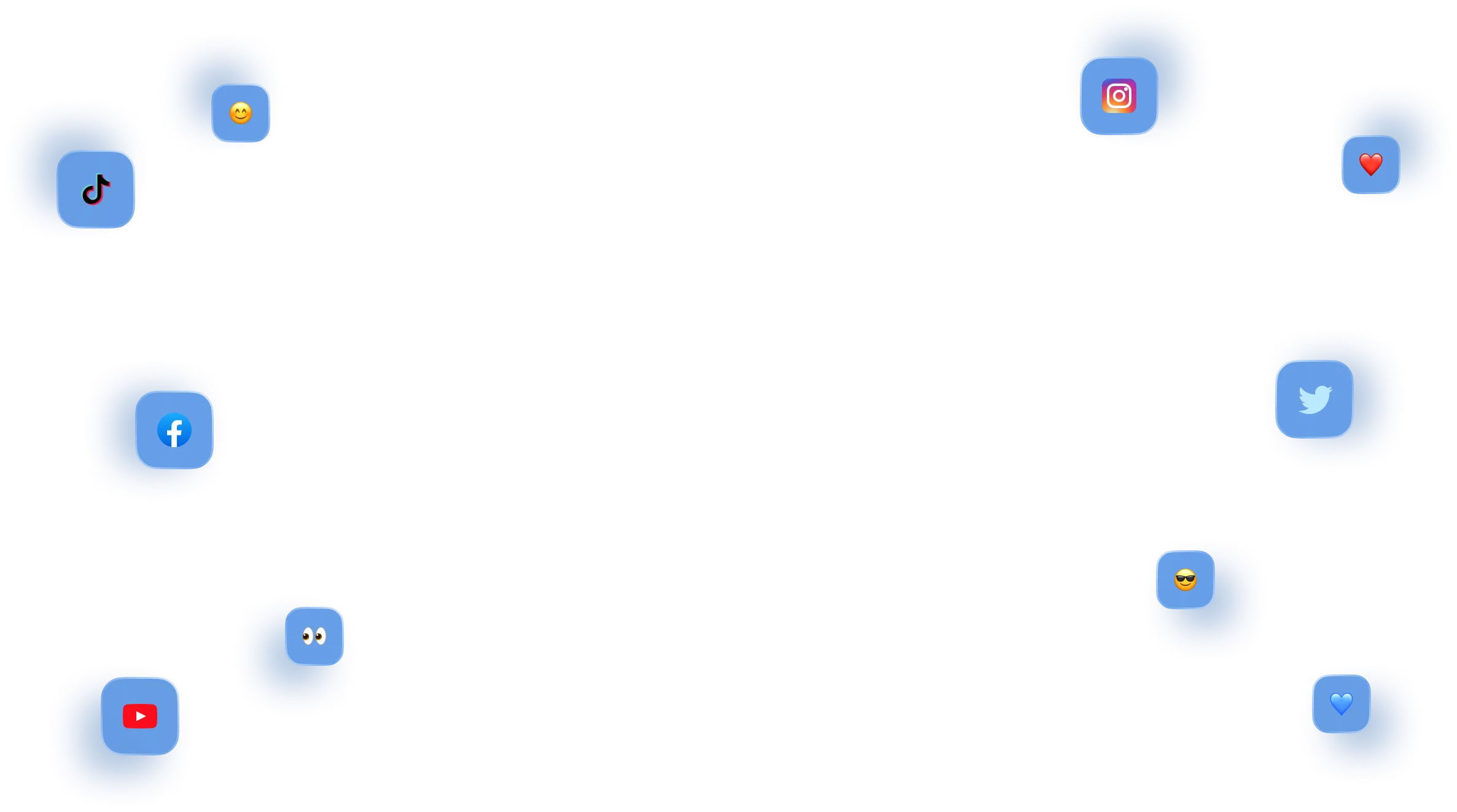Features
Solutions
Channels
Inbound marketing
Inbound marketing is an advertising methodology focused on creating valuable experiences for customers. The idea is that by supplying your audience with meaningful moments, you’ll give them a compelling reason to keep coming back to your brand.
Buyers make decisions based on their emotions. When you attract potential customers to your brand through valuable and relevant content or conversations, you satisfy their needs. These positive feelings lead to an improved chance of consumer loyalty.
What is inbound marketing?
The concept of inbound marketing first appeared in 2005, in response to the falling success rate of outbound solutions. Methods like cold calling, billboards and catalog advertisements were no longer working as well as they used to.
Customers don’t want anonymous “spray and pray” marketing anymore. Today, they actively block out the content they don’t want to see. 27.5% of users are expected to use ad-blocking software by 2020.
Outbound marketing is focused around fighting for your customer’s attention. With inbound marketing, you pull your audience to you by providing the information that they’re searching for. Businesses can answer customer questions with blog posts, respond to concerns on social media and deliver impactful moments through webinars. All of these touch-points build trust, credibility and momentum for the business.
Types of inbound marketing
There are multiple different forms of inbound marketing available to companies today. In each channel, the focus on delivering value remains the same. The most effective campaigns combine multiple digital and offline avenues to support consumers through every stage of their buyer journey. Options for inbound marketing include:
- Social media: On social media, companies share information, interact with customers and deliver real-time support.
- Blogging: Blogs and articles allow companies to share the information their audience is searching for. These pieces of content also supplement social media and SEO strategies.
- SEO: With keywords and backlinks generated through social media and blogs, businesses improve their rank on search engines, increasing their presence online.
- Live events and webinars: Videos, streams on channels like Instagram Live and Q&A sessions all show the more human side to your business.
- Email marketing: With emails, businesses supplement their social strategy and continue to nurture leads towards a sale.
The benefits of inbound marketing
In a world of growing digital connections, inbound marketing may be the most effective way to promote yourself. Inbound advertising aligns better with the needs of modern buyers. Your consumers don’t want to be shouted at with irrelevant information. Instead, they want to be empowered to seek information themselves to find the answers they need online.
Try Vista Social for Free
A social media management platform that actually helps you grow with easy-to-use content planning, scheduling, engagement and analytics tools.
Get Started NowOutbound marketing methods concentrate on delivering a single message to an increasingly diverse audience. With inbound marketing, you create more unique, memorable experiences for each of your customers. The results include:
- Reduced expense due more focused advertising efforts.
- Improved brand reputation and customer affinity.
- Better engagement with customers through social media, offering the opportunity to learn and evolve.
- Increased brand awareness across channels.
- Stronger networking and collaboration opportunities.
Inbound marketing initiatives also increase in value over time. A strong social media presence and regular stream of content drive attention to your company through word of mouth advertising, enhanced SEO and better results.

stronger relationships on social
Vista Social helps you understand and reach your audience, engage your community and measure performance with the only all-in-one social media management with easy-to-use features like publishing, engagement, reviews, reports and listening.